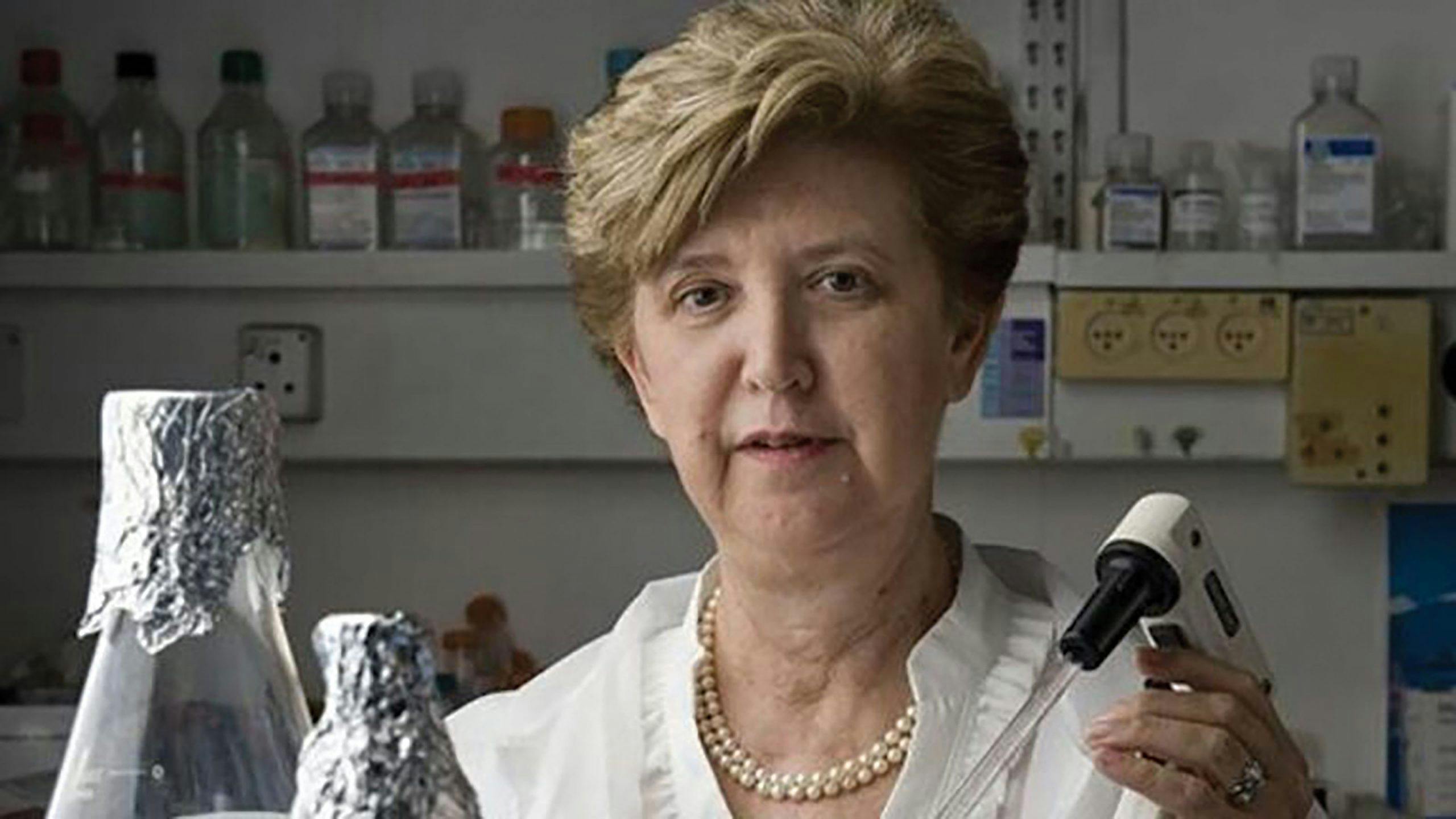Israel Develops Method to Evaluate Emerging Flat Lens Technologies


Perhaps you are wearing glasses while reading this or have a cell phone, binoculars or a virtual reality headset or telescope. All of them rely on high-quality lenses, which are bulky, expensive and heavy—especially when considering drones and satellites, where every gram counts.
However, that is all about to change. New, cheap, lightweight flat lenses—around a thousandth of the thickness of a human hair—will be making their move from research labs to our shops and homes. Currently, there are several kinds of flat-lens technologies available. However, the challenge is to know which version is best suited for the specific application for which it was designed.
This problem has been solved by Professor Uriel Levy, director of the Hebrew University of Jerusalem Center for Nanoscience and Nanotechnology, together with postdoctoral student Dr. Jacob Engelberg. They established a standard method to compare flat-lens technologies and designs, and published their findings in the leading journal Nature Photonics.
New, flat lenses offer clear advantages over conventional lenses. With conventional lenses, the “stronger” the lens, the greater the curvature. Further, the larger the lens diameter, the thicker the lens. This has implications—in both weight and size—for products, such as consumer electronics, cellphones, VR headsets and drones.
The new flat lenses are incredibly thin, and as the name suggests, they are flat rather than curved. However, there are different flat lenses designs and technologies on the market and few guidelines for which lens would be most appropriate for a given need.
Further, claims of success have been difficult to assess since there is no universally accepted method for comparison of these lenses. Moreover, with a simple method of production, based on those used to create silicon chips, these new lenses will be extremely cheap and readily available.
Drs. Engelberg and Levy stepped in to create a proper method of comparison. “Adopting the standardized characterization methods that we’ve proposed will help this field progress,” they shared.
-Excerpt from a press release by Tali Aronsky, Hebrew University of Jerusalem

Discover Your Purpose and God’s Heart For You
In today's divided, turbulent world, it's essential for the Church to rediscover God's heart. Our free e-book, authored by a seasoned expert with three decades of experience in Israel, delves deep into the teachings of Jesus (Yeshua) to reveal God’s principles of love and purpose. Learn how embracing these truths can bring significance and impact to your life, even amidst chaos. Subscribe now to receive your free copy and embark on a journey of transformation.




